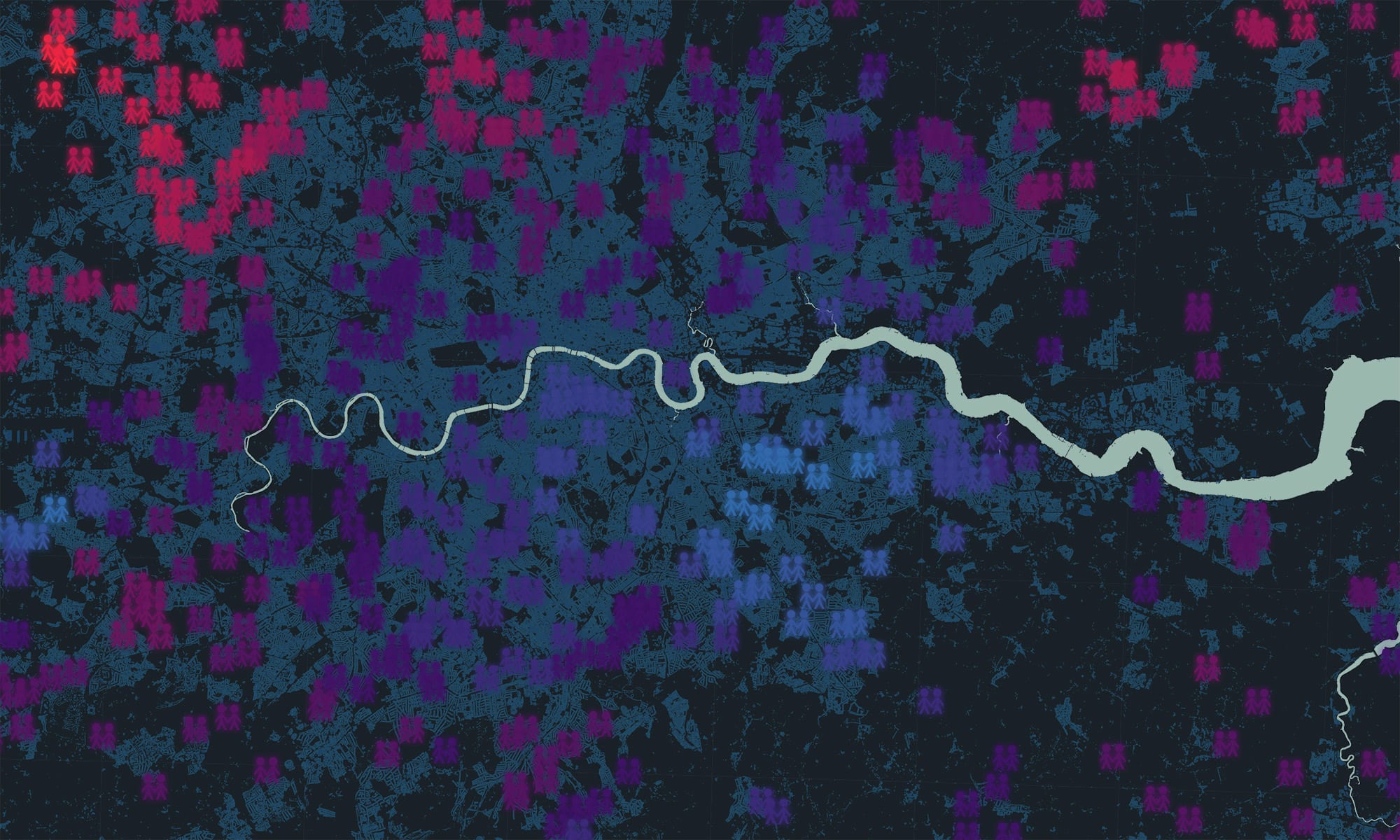Genetic and environmental influences are dynamic. Our spACE project has shown how the importance of genes and environments can vary depending on where we grow up, and our longitudinal analyses have shown that for several traits heritability tends to increase with age. We wanted to take this a step further by exploring what happens to genetic and environmental influences when we experimentally change the environmental context through an intervention.
We designed a new way of combining intervention science with a genetically informative study. Our Twins Wellbeing Intervention Study (TWIST) embeds established positive activity interventions in a twin design to allow us to explore the stability and change in genetic and environmental influence during the intervention. Would we be able to see the new environmental experiences elicited by the intervention tasks appearing in the influences on well-being? Would genetic differences affect response to the intervention?
A sample of 750 adolescent twins from the Twins Early Development Study (TEDS) completed our 10-week online wellbeing intervention, which consisted of kindness and gratitude tasks and matched control activities. We found significant improvements both in well-being and in symptoms of internalizing symptoms in response to the intervention activities. Genetic influences remained stable, even as wellbeing increased. New environmental influences appeared in response to the intervention tasks. Now we’re working to understand what these environmental influences are, so that we can uncover the mechanisms behind the improvements in wellbeing.
More broadly, our results emphasize that even traits strongly influenced by genetics, like well-being, are subject to change in response to environmental interventions. Heritability is not a barrier to effective intervention. Taking a more dynamic view of genetic and environmental influence could help us to develop interventions that help to draw out people’s genetic strengths and help them overcome their genetic weaknesses.


